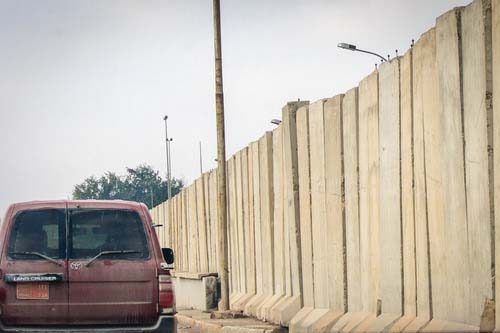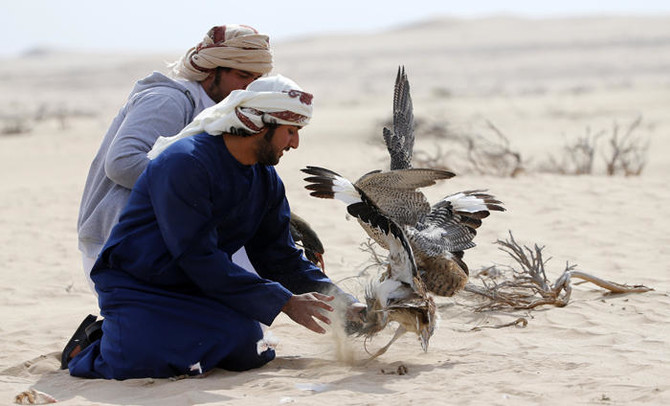
The US Air Force has contracted a company to send hundreds of concrete barriers to shore up protection of its Al Udeid Air Base in Qatar, Air Forces Central Command has confirmed.
If joined together, the 671 “Alaskan Barriers” would create a 12-inch thick, 16-foot high wall that is more than a mile long, Time reports.
USAF spokeswoman Capt. Natassia Cherne clarified to Doha News that a wall is not being built and that the barriers would be placed in various locations throughout the base:
“U.S. Air Forces Central Command solicited this contract for standard force protection measures. These measures are determined from a variety of lessons learned, as well as thorough reviews from our force protection assessment teams.
They are not in response to any new threats to our Airmen or our aircraft, but we always take prudent measures to provide the best protection to our military men and women, our aircraft and infrastructure.”
The US has previously used such barriers to fortify its bases in Iraq and Afghanistan. According to Time’s Mark Thompson:
A 2007 Air Force report noted that such walls are “the difference between life and death at the Victory Base Complex here in Baghdad. Concrete walls surround everything, serving as a daily reminder of insurgent hostilities.” The six-foot wide Alaska barriers then being used in Baghdad weighed in at about eight tons apiece and cost about $700 each.
The new barriers that are being shipped to Qatar are 16 feet high and eight feet wide. They cost about $1,834 apiece, for a total price of $1.2 million, according to the contract.
Qatar is home to the largest American base in the Middle East, and the two countries’ military relationship is growing as Qatar continues to order billions of dollars in weapons, equipment and training from America.
Additionally, plans are afoot for a US missile-defense radar station at a secret site in Qatar as a way to prepare for a possible altercation with Iran, the Wall Street Journal reported last year.
Thoughts?
Credit: Photo of Iraq blast walls for illustrative purposes by Omar Chatriwala







